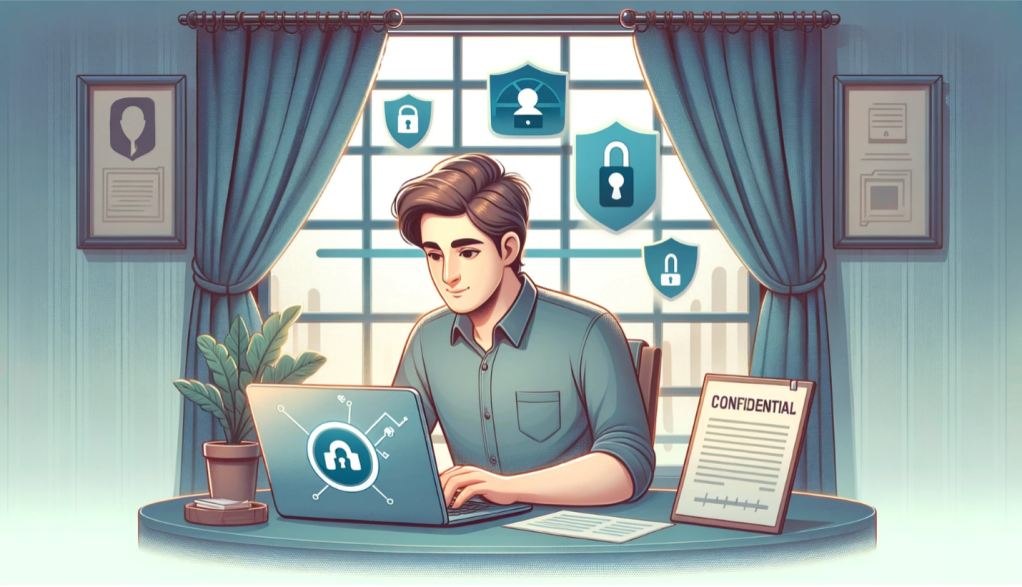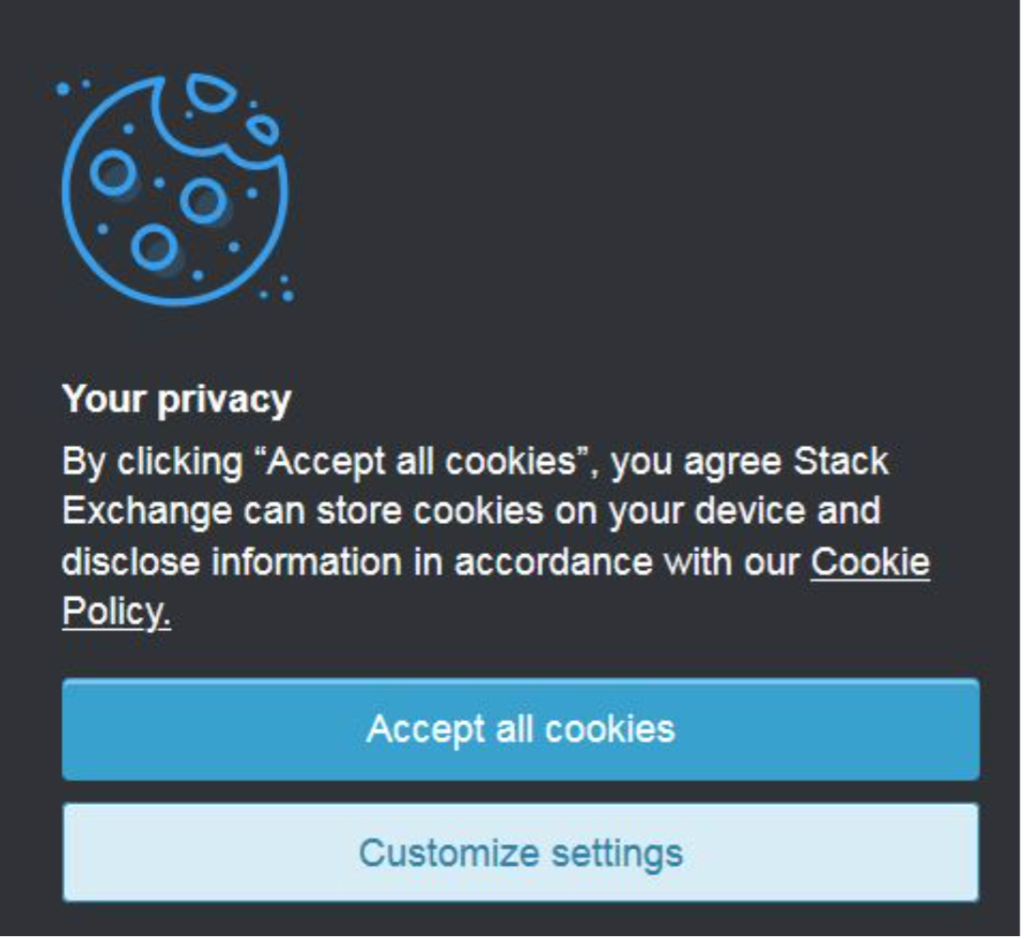The Idea In 60 Seconds
- If you ask them, people will say they’re scared about their privacy when interacting with AI.
- And there are good reasons for that.
- Sharing private information gives us access to ‘free’ services and makes what we see online more relevant to us.
- On the other hand, there is no shortage of downsides to sharing as much of this data as we do.
- Until we start to match what we say about privacy with what we actually do, the status quo is unlikely to change.
This Is What They Say : ‘I Care About My Privacy’
Australians say they are increasingly concerned about their privacy in the digital age.
- 86% of consumers say that data privacy is a growing concern for them.
- 68% are concerned about the level of data being collected by businesses.
- 40% don’t trust companies to ethically use their data.
- 30% aren’t willing to share their personal data for any reason.
Source : KPMG Report On CX

People say they are concerned about privacy online.
On the other hand, the same people are also willingly sign up for free or discounted products and services that operate as a result of advertising or data collection. This phenomenon, known as the privacy paradox, reveals a contradiction between what people say and what they do when it comes to their personal information online.
The Trade-Off Between Privacy and Convenience
Many online platforms and services offer customers access to a wide range of content, functionality and benefits, such as social networking, email, messaging, video sharing, cloud storage, streaming, loyalty programs, ride-sharing and food delivery. However, these products and services are not truly free or cheap. They come at a cost of the user’s personal data.
Platforms like Uber, Fly Buys, Qantas Points and so on famously collect, store, analyze and share a vast amount of data from their users, including demographics, interests, preferences, behaviors, locations and contacts. Businesses then use this data to target ads to users, as well as to improve their products and services. Some users may not be aware of how much data they are sharing, or how to adjust their privacy settings to limit the data collection. Some users may not read the terms and conditions of the platforms and services, or may not realize how their data is used or shared with third parties.

On the other hand, the same people sign up for ‘free’ services which capture their data.
The Evidence – What ‘Free’ Services Do Australians Sign Up for?
- 21 million Australians have a Google account,
If you didn’t know, Google use this data to show personalized ads to users, as well as to improve their products and services.
Source : 2020 report by the ACCC
- 93% of Australian internet users had a social media account,
- 86% used social media at least once a day.
Source : 2021 report by the Australian Communications and Media Authority (ACMA),
- 71% of Australians had at least one loyalty card,
- 45% had three or more.
Source : 2020 report by the Office of the Australian Information Commissioner (OAIC),
- 87% of Australian households had at least one smart device, such as a smartphone, tablet, smart speaker, smart TV or wearable device.
The Benefits and Risks of Personal Data
There’s a clear trade off in people’s mind, visible in their revealed preferences. It’s not hard to see why.
Personal data can have both positive and negative effects for both customers and businesses. On the one hand, personal data can very visibly enhance the customer experience, increase sales, improve customer loyalty, and drive innovation.
On the other hand, behind the scenes, personal data can expose customers to data breaches, identity theft, cyberattacks, discrimination, manipulation and loss of control.

How often do we customize these settings, when we go to a website which asks us to decide how much of our privacy we want to lose?
In 2018, Facebook famously became embroiled in a data privacy scandal. Ultimately, they admitted that the personal data of 87 million users, including 311,127 Australians, was improperly accessed by Cambridge Analytica, a political consulting firm that used the data to influence elections and campaigns. This incident raised serious questions about Facebook’s data protection practices, as well as the ethical and legal implications of using personal data for political purposes.
Just in the last couple of years, we’ve seen high profile data breaches, identity theft and a large number of cyberattacks.
Personal data can also expose customers to unwanted or harmful ads, content and messages, as well as influence their decisions and behaviors. In 2019, YouTube faced criticism for allowing inappropriate and disturbing content and ads to target children, such as videos featuring violence, sexualization, exploitation and abuse. This raised concerns about YouTube’s content moderation policies, as well as the psychological and emotional impact of such content and ads on children.
Subversively, personal data can also limit customers’ choices, options and alternatives, as well as reduce their autonomy and agency. For example, in 2020, the ACCC launched a legal action against Google, alleging that the company misled consumers about the collection and use of their location data. The ACCC claimed that Google did not obtain informed consent from users, and that it made it difficult for users to opt out or delete their location data. This raised issues about Google’s transparency and accountability, as well as the customers’ right to privacy and control over their data.
These are just some of the examples of the benefits and risks of personal data for customers and businesses.
The way Forward: Awareness, Choice and Regulation
The privacy paradox is not a new phenomenon, nor is it unique to Australia. It is a global and complex issue that requires a multi-faceted and collaborative solution. There is no one-size-fits-all answer to the question of how to balance privacy and convenience in the digital age.
One step we could take is to increase the awareness and education of customers and businesses about the value, use and protection of personal data. Customers need to understand what data they are sharing, why they are sharing it, how it is used and shared, and what are the benefits and risks involved. Businesses need to understand what data they are collecting, why they are collecting it, how they are using and sharing it, and what are the obligations and responsibilities involved. Both customers and businesses need to be informed enough to make informed and responsible choices about their personal data.
Strengthen the regulation and enforcement of personal data protection and privacy. Customers need to have legal and ethical rights and remedies to protect their privacy and data, as well as to seek redress and compensation for any violations or harms. Businesses need to have legal and ethical obligations and duties to protect the privacy and data of their customers, as well as to face sanctions and penalties for any breaches or abuses. Both customers and businesses need to have clear and consistent rules and standards to govern the collection, use and sharing of personal data.
Unfortunately, until we all start to care a great deal more about the reality of what we do rather than the theory of what we say we will do, it’s unlikely the status quo will shift. For now, we only seem to care the day there is a hack or a leak – and then we go back to signing up to free stuff knowing the risks.
